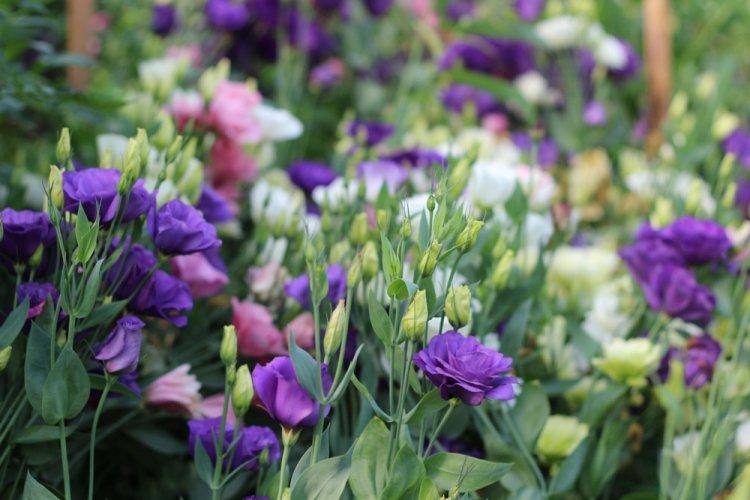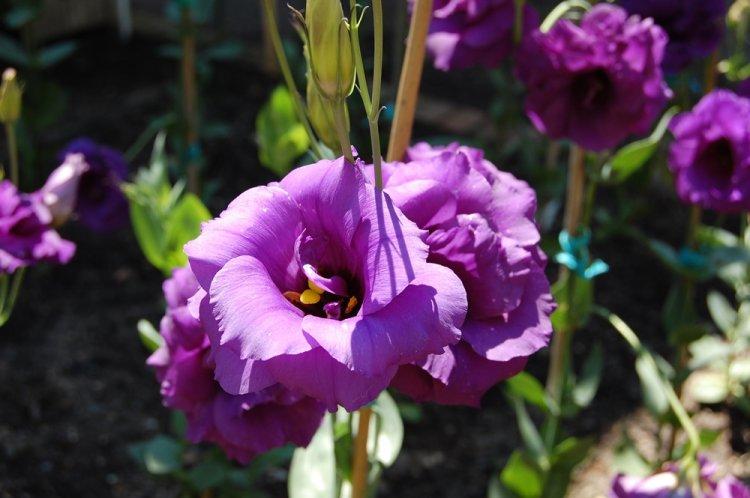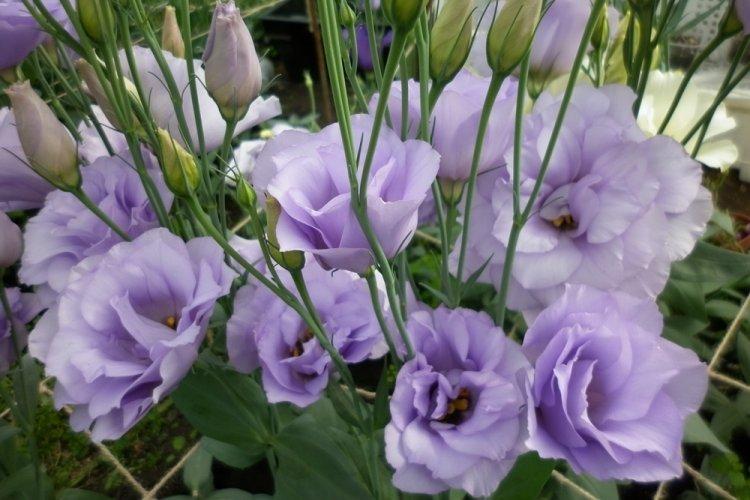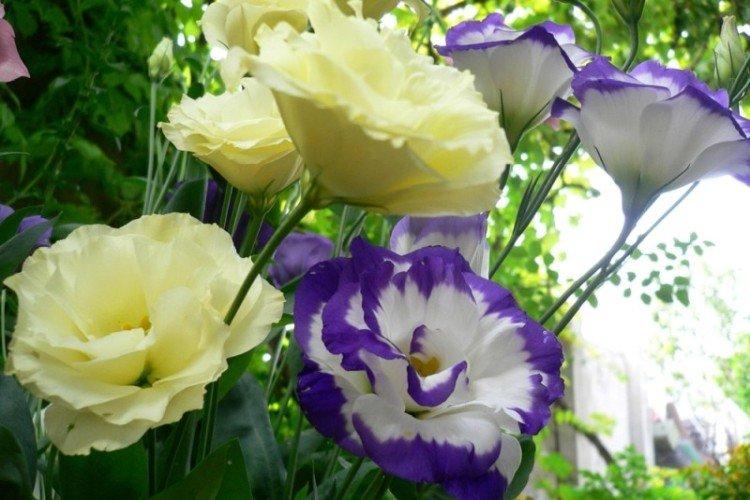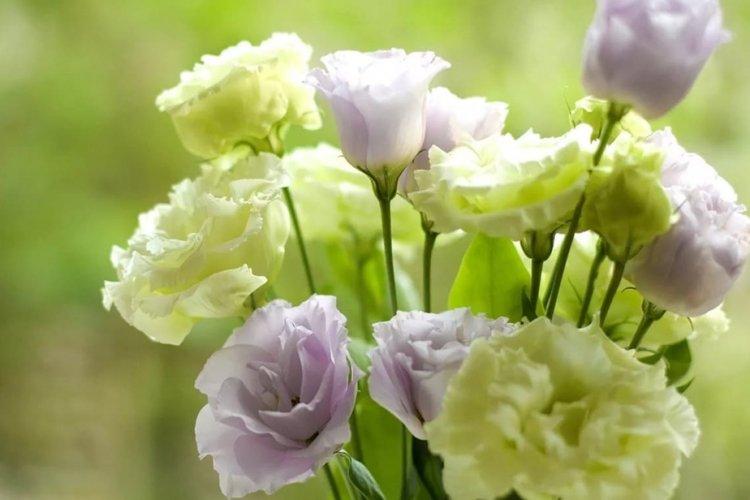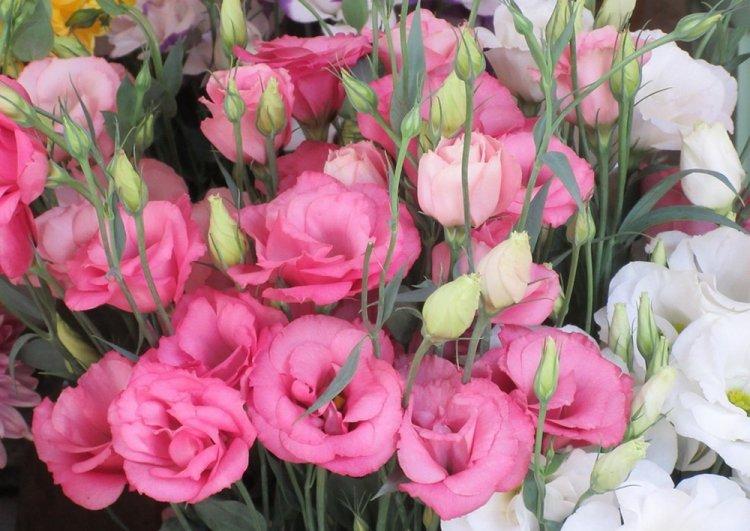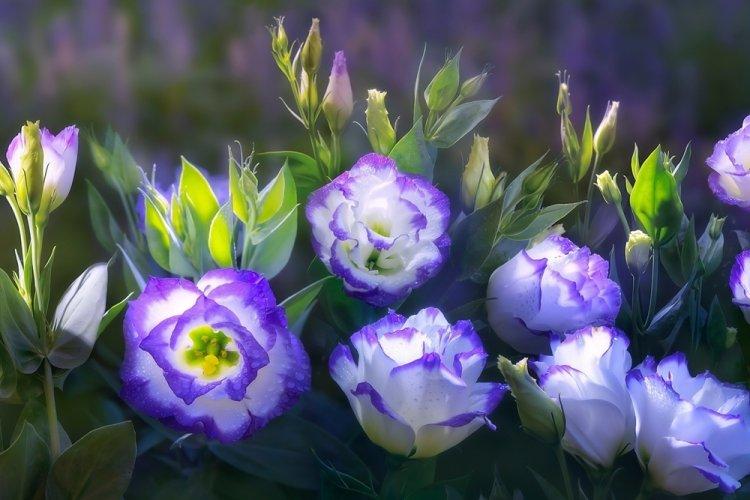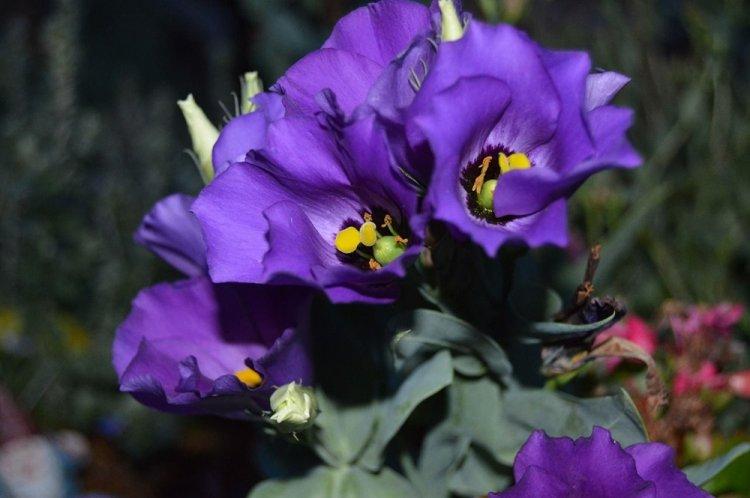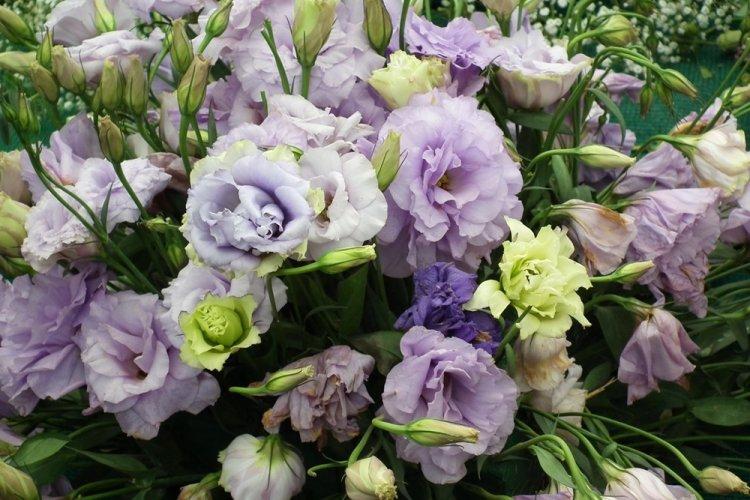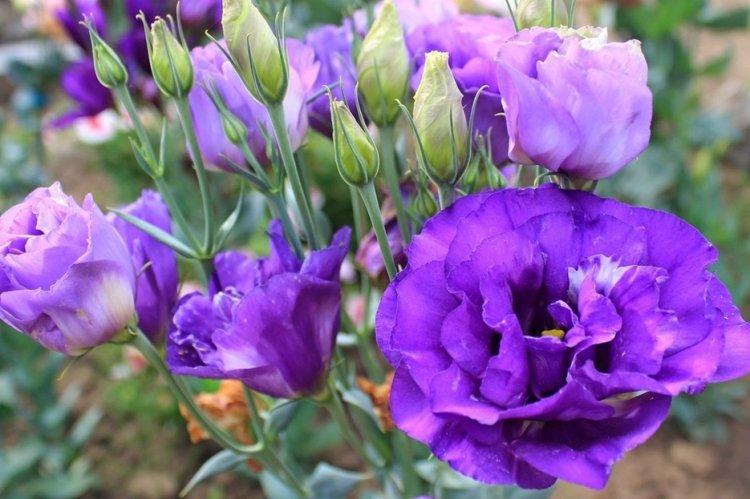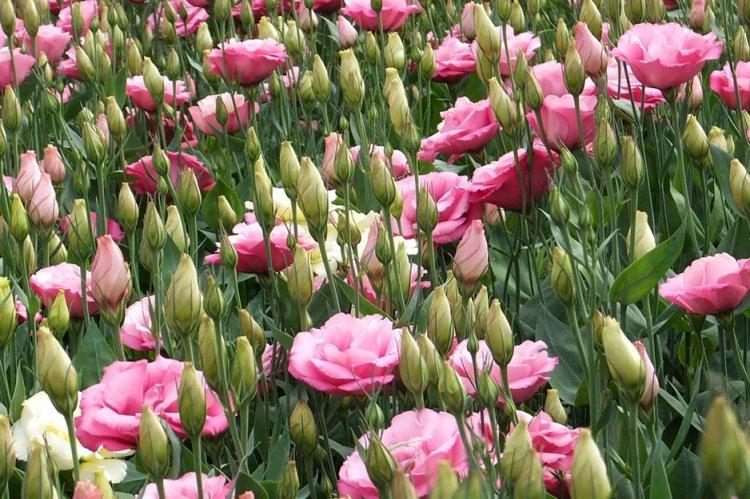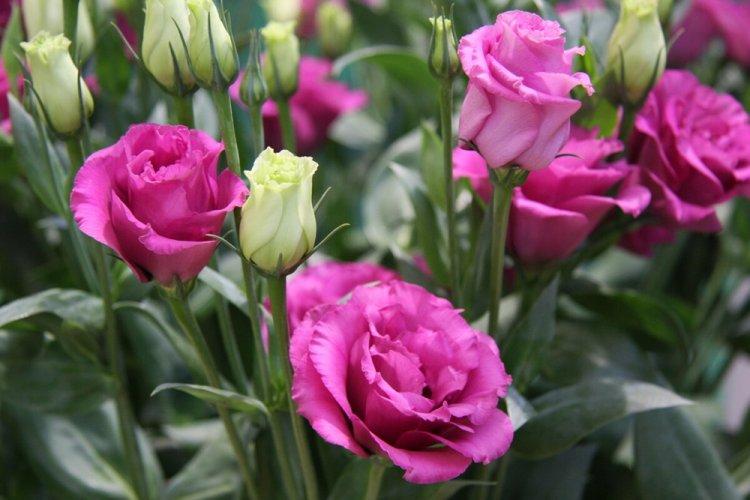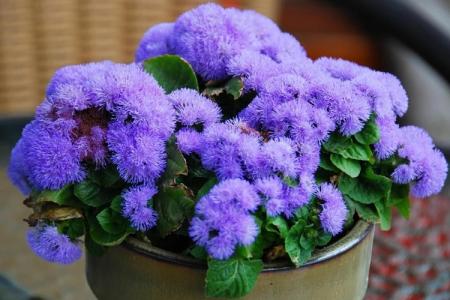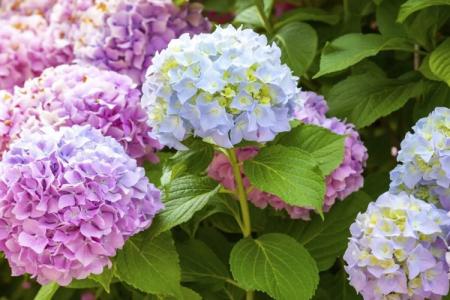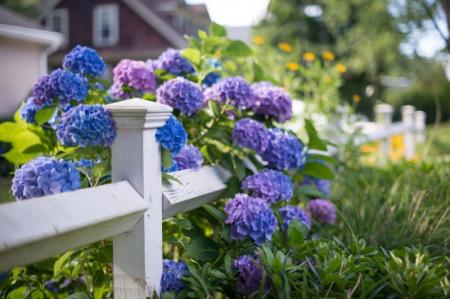
Eustoma is a real beauty and queen of bouquets, which always arouses admiration. The graceful flower is called the Irish rose, but it looks even more delicate and romantic with its silky petals. In our latitudes, eustoma is by no means exotic, and you can even grow it at home!
general information
Among experienced flower growers, eustoma is also known as lisianthus, Japanese rose or Texas bell. And all because botanists from the USA and Japan were engaged in breeding and selection. Thanks to their efforts, now eustoma can be grown even at home, in a greenhouse or in a garden.
Domestic species are smaller and easier in color, but garden ones stretch up to 90 cm and come in the rarest shades. The eustoma flower resembles a large (up to 8 cm in diameter) cross between a rose and a poppy. The buds bloom in turn and retain their beauty and freshness for a long time, even when cut in bouquets.

The stems of the eustoma are highly branched and are covered with large leaves, as if covered with wax. All tall varieties produce long stems that are cut for decorative purposes. Sometimes up to 30-35 buds are formed on one peduncle.
Eustoma grows in the south of North America, but it quickly conquered all of Europe. In the Netherlands, where gardening has long become a real art, it is among the top ten flowers for cut and sale.
In everyday life, one-year-old eustoma is more often grown, because it is not as capricious as a two-year-old. In addition to the tall ones, there are also undersized ones, which decorate gazebos and balconies. Flowers are simple and double - depending on the variety.
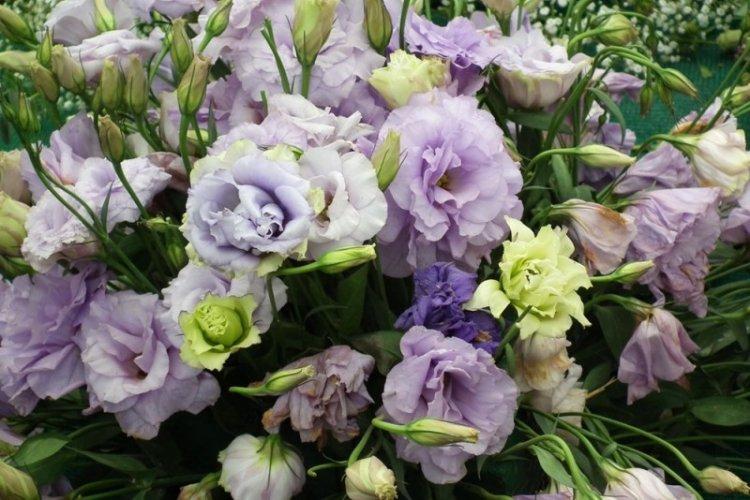
Types of eustoma
In home gardening, one single species is most often found - the large-flowered eustoma. But even it is divided into dozens of varieties and subspecies of pink, white, yellow or exotic blue shades. The palette is almost unlimited, and that's not counting the multi-colored decorative eustomas.
Eustoma Rosina Lavender
A very delicate look of a rare lavender shade fully justifies its name. It is a very elegant and romantic flower with tough, dense buds. The textured edges of the petals give Rosina Lavender a certain airiness.

Eustoma Beppin-San
This graceful light variety of eustomas is interesting for its unusual petal shape. They resemble either feathers or a fluffy fringe, due to which they instantly attract attention. The classic Beppin-San color scheme is a subtle gradient from milky white to pastel pink.
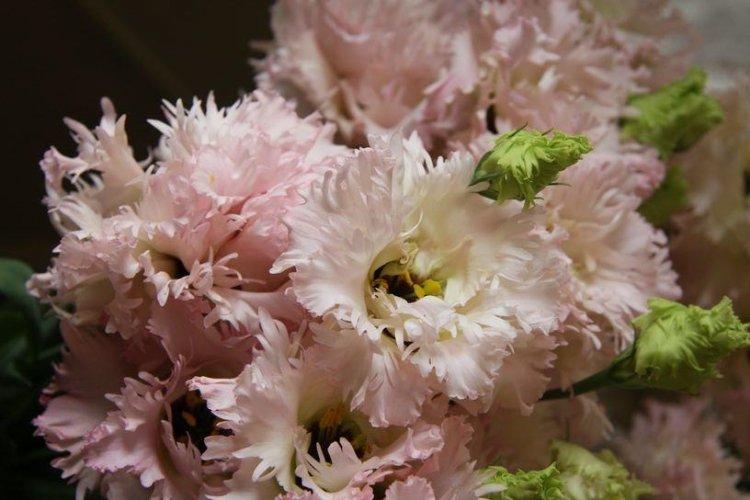
Eustoma Yellow
The name Yellow speaks for itself - it is a large tall eustoma with large double flowers. The striking yellow hue has made this series legendary in its form. In addition to it, there are several more similar variations - Yellow ABC and Yellow Super Magic.
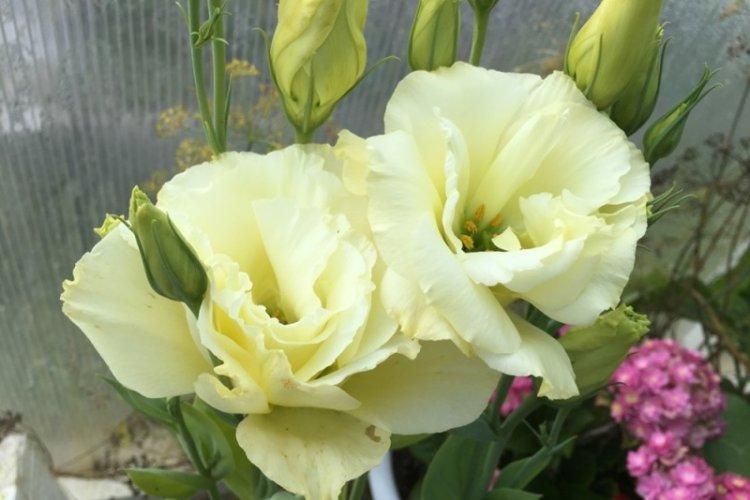
Eustoma Amber double marron
Not all eustomas are monochromatic, and this is clearly demonstrated by the two-colored cultivar Amber double marron. The yellowish-green hue turns into a noble pink. The flower looks much more spectacular and expressive than a small tea rose.

Eustoma Pure White
Classic white eustoma Pure White is very versatile and unpretentious. It can be grown both at home and in the greenhouse for cutting, and in the garden. She has rather high peduncles from 60 cm and large terry snow-white flowers without blotches of other shades up to 6 cm in diameter.
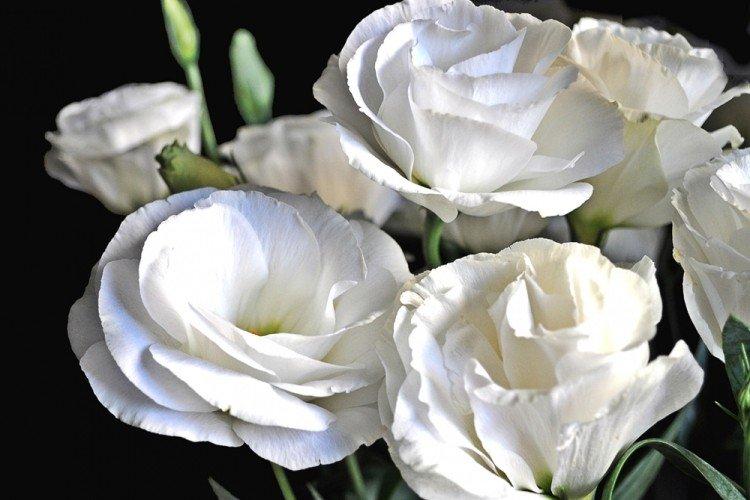
Eustoma Fringe mint green
Among the varieties of eustoma, there are many interesting and non-trivial colors. Among them is the juicy mint green color Fringe mint green. It looks very fresh and unusual!

Eustoma Carmine
Eustoma Carmine is a luxurious large variety with large purple-red flowers. The diameter can be up to 7 cm, and this is a real find for making bouquets. They retain their beauty especially for a long time even in a vase after transportation.

Eustoma Blue Flash
Blue Flash is one of the most popular blue eustoma varieties. The stem extends up to a meter in height, and from above it is crowned with a large double flower.Among the blue and purple varieties, look out for Milka Piccolo, Blue Rosita and Blue Corelli.
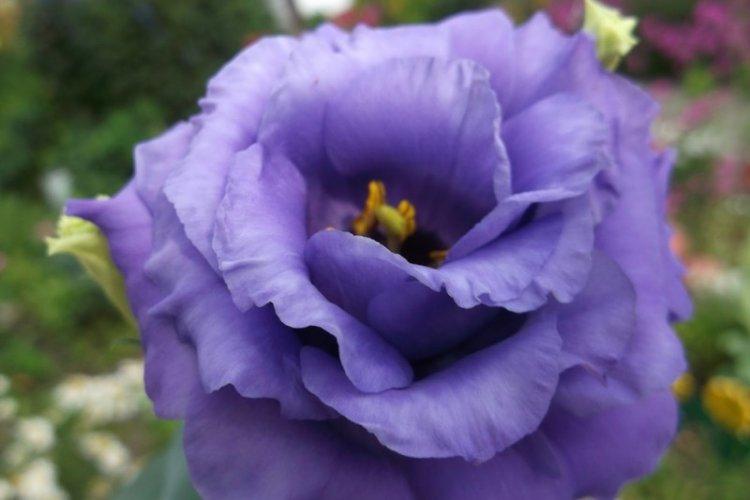
Eustoma care
For all the decorativeness of the eustoma, it is not too capricious in its care. Even an inexperienced florist can handle planting and growing on their own. The main requirements are stable, but not excessive humidity, and temperature drop.
Temperature
The ideal daily temperature for blooming eustoma is 20-25 degrees. At night, the thermometer drops to 15 degrees. To ensure at least a minimal difference in the apartment, move the flowerpot close to the window glass.

Lighting
Eustoma needs a lot of light, but strictly diffused. Therefore, shade the flower from direct scorching rays, otherwise burns will appear on it. To grow healthy eustoma on a windowsill, choose the west or east side.
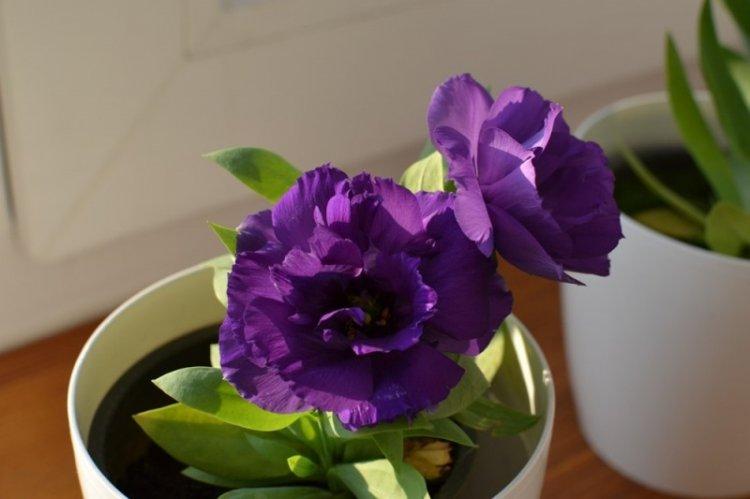
Watering
Although eustoma can cope with heat and temporary drought, it prefers regular watering. In a flowerpot on the windowsill, the soil is not as nutritious and moist as in the garden, so do not let it dry out completely. Water the pot as soon as the top layer is dry. It is very important not to soak the stem, petals and leaves, otherwise it is fraught with fungus.
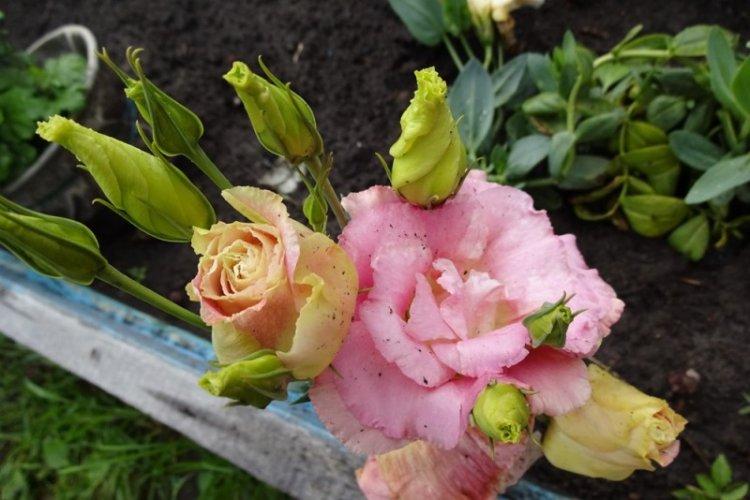
The soil
You will need a loose and well-ventilated garden soil mixed with peat and sand. So the root system develops better and faster, and the flower grows. At first, spray the soil regularly with a spray bottle to keep it slightly wet at all times.

Fertilizers and feeding
Like all lush flowering plants, eustoma needs regular feeding. But there is also a plus: you don't have to reinvent the wheel, because a simple complex fertilizer is enough. Bring it in two weeks after planting and feed the flower twice a month. During the active flowering period, you can do this a little more often.
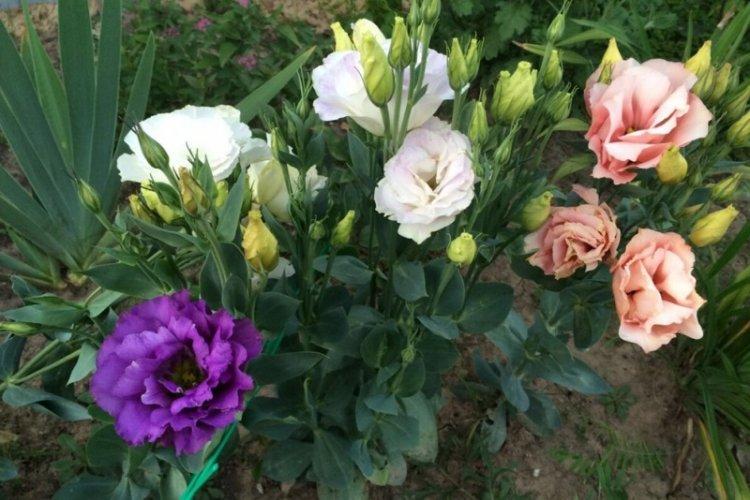
Transfer
Eustoma is rarely transplanted because it has a fragile root system. If you damage the earthen lump, the plant will not take root in a new place and will die. If a transplant cannot be avoided, proceed as carefully as possible using the transhipment method.
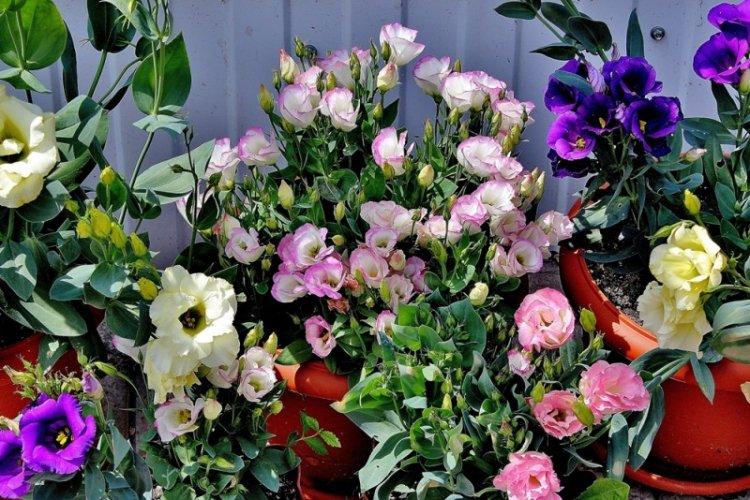
Reproduction
Eustoma is a rare garden flower that most often has to be grown from seed. It is almost impossible to divide it so that the bushes take root, and the roots do not form cuttings suitable for seedling.
Collecting your own seeds will be quite problematic, but you can use purchased ones. They are small, so they are sold in the form of compressed granules, thereby increasing germination. Plant the seeds in January-March in moist, loose soil, cover with foil and leave in a bright, warm place.

Seeds develop faster if they receive at least 12 hours of light, so phytolamps may be needed in winter. Try to provide a temperature drop from 20-25 daytime to 14-17 degrees at night. You can plant the first shoots and transfer them to normal daily care in two weeks.
After another month and a half, with the formation of several pairs of full-fledged leaves, the sprouts can be planted in small pots. To get them branching well, pinch the tops after another couple of weeks. After about three months, the eustoma can be carefully transplanted to a permanent place along with an earthen lump at intervals of about 15 cm.

Wintering
If you want to keep your garden eustoma for the second year, you have to dig it up for the winter. Carefully transplant the flowers into boxes with an earthen lump, being careful not to damage it. Cut off all leaves and shoots, leaving only a couple of internodes. Move the flowerpots to a cool, dark place with temperatures up to 14 degrees and reduce watering to a minimum.
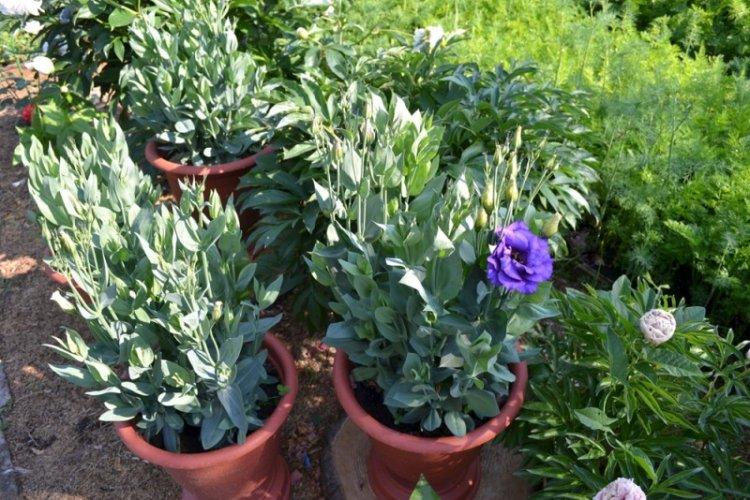
Pest and disease control
Treat eustoma regularly with fungicides for prevention. She is very sensitive to excess moisture and susceptible to fungal diseases. After heavy rains, use a stronger product to prevent gray mold.
Of the pests, the most common are whiteflies and aphids, against which conventional insecticides help. They love eustoma and slugs, but they will have to get rid of them mechanically.
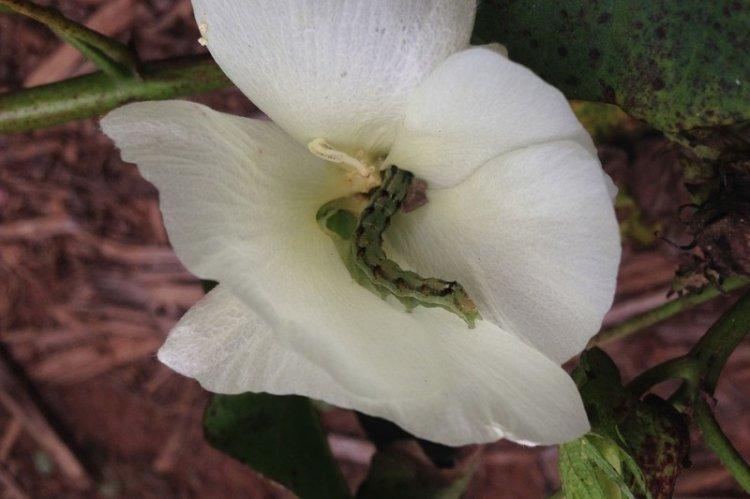
Eustoma - photo
Eustoma is without exaggeration one of the most spectacular garden flowers.Landscape designers, florists, breeders and organizers of flower exhibitions are delighted with her. We have collected a small selection of photos of this beauty!




